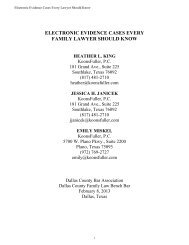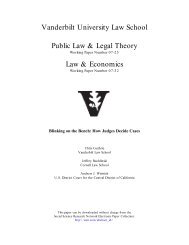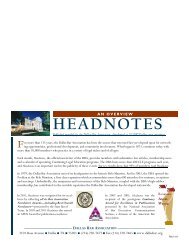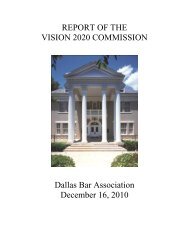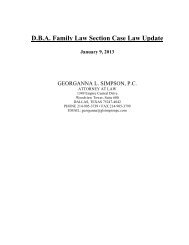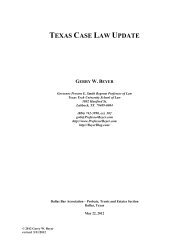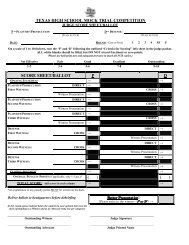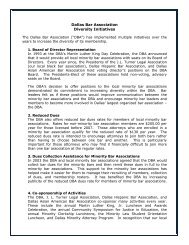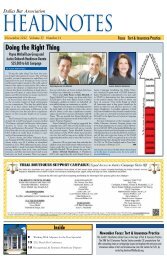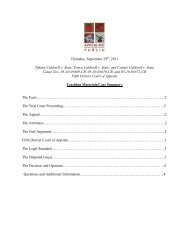subordination, nondisturbance and attornment agreements
subordination, nondisturbance and attornment agreements
subordination, nondisturbance and attornment agreements
You also want an ePaper? Increase the reach of your titles
YUMPU automatically turns print PDFs into web optimized ePapers that Google loves.
contained in the SNDA. As with other documents affecting real property, an adequatedescription of the l<strong>and</strong> <strong>and</strong> the deed of trust affected by the SNDA must be included. Althoughthe practice is not uniform, best practice is probably to require recording the SNDA in the realproperty records of the county where the premises are located to ensure that a purchaser atforeclosure will have notice of the provisions of the SNDA <strong>and</strong> will take title subject to those<strong>agreements</strong>. If the property is not financed as of the date of the lease, the tenant should considerattaching a form of SNDA to the lease as the agreed form of SNDA the tenant will sign. Thispractice gives the tenant more negotiating strength in reacting to an unreasonable SNDA form afuture lender might tender rather than simply rejecting the lender’s unreasonable form. Thispractice may also save the tenant costs in reviewing <strong>and</strong> negotiating the SNDA at a later time.L<strong>and</strong>lords, however, often prefer not to include a form SNDA in the lease, leaving wider latitudeto meet future lender’s requirements. If the lease includes an agreed form of SNDA, the l<strong>and</strong>lordshould try to preserve some flexibility so a future lender’s requirements can be accommodated ifpossible.A. Common SNDA Provisions Requested by Lenders <strong>and</strong> Possible TenantResponses.In addition to the basic <strong>agreements</strong> mentioned above, the SNDA will generally containprovisions designed to protect the lender <strong>and</strong>/or the purchaser from risks at foreclosure,including the following:a. Lender’s Objective— Mitigation of the risk of damage claims due to preforeclosureacts or omissions of a prior l<strong>and</strong>lord, including the borrower(including construction defects, breach of repair <strong>and</strong> maintenanceobligations).Lender’s Solution—Include in the SNDA a provision that the purchaser atforeclosure is not subject to damage claims for acts or omissions occurringbefore the foreclosure.Possible Tenant Objection—If tenant is damaged by l<strong>and</strong>lord’s breach ofthe lease, it is unfair to cut tenant off from recourse.Possible Negotiated Result—An SNDA provisions that the tenant’srecourse is limited to set-off of tenant’s actual direct damages resultingfrom costs incurred by tenant to cure l<strong>and</strong>lord defaults <strong>and</strong> recovery ofconsequential damages is expressly waived.b. Lender’s Objective—Mitigation of the risk that in advance of foreclosure,the l<strong>and</strong>lord might collect rent in advance for periods following theforeclosure.Lender’s Solution—Include in the SNDA an acknowledgment that thelender is not bound by rental payments for periods following the date offoreclosure.D-SNDAs 11-10-07 - 10 -



